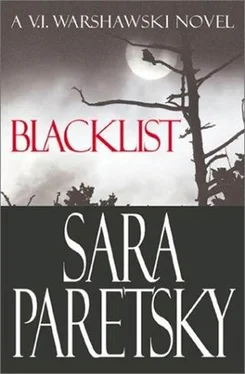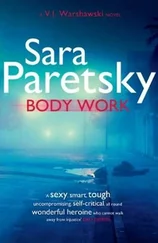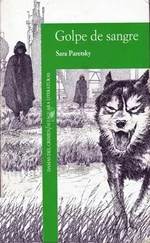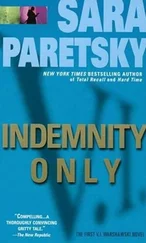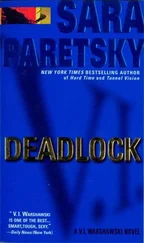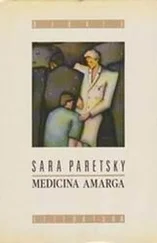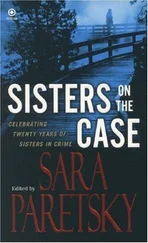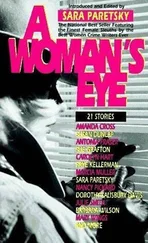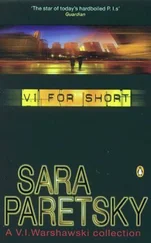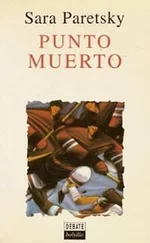Reed set me up in a temperature-controlled room with photographs of black poets and artists on the walls. While Gwendolyn Brooks and Langston Hughes smiled down at me, I went through the same papers that Marcus Whitby had studied. The letters and other documents were encased in plastic sleeves. I tried to skim, looking for names or events that might mean something to me, but Ballantine had a fine, spiderlike handwriting and she’d often written in pencil, making deciphering a maddening task. She sometimes wrote on pages torn from school exercise books, sometimes on thin green paper, where her pale handwriting became even more undecipherable.
I read Ballantine’s correspondence with Franz Boas at Columbia over her discoveries in Africa, her correspondence with Hallie Flanagan about the staging of Regeneration, her angry letter to W E. B. DuBois’s wife after Congress pulled the plug on the Federal Theater Project.
We were doing good work, we were doing important work. The notion that a ballet like Regeneration, or your own Swing Mikado, are Communistinspired because we try to tell the truth about Race in this country-is enough to make me look seriously at Communism. I don’t know what I live on now-back to private dance classes for earnest little girls whose mothers tuck away a dime a week from washing white women’s clothes so
that their children can learn in my studio what would have been their birthright in Africa.
The archive was patchy, sometimes holding letters like Ballantine’s to Shirley Graham without Graham’s response, sometimes letters or typed notes to her without any way of telling what she’d written to the correspondent. Several typed ones in the late forties came from an anonymous committee (“… the Committee is grateful for your involvement in the benefit. We were able to raise $1700, which our patron matched.” “The next Committee meeting will be on June 17 at the Ingleside church”).
Right before the Second World War, Ballantine somehow got a grant from the University of Chicago to travel and study in Africa. How she spent the war years, or where, wasn’t clear, but in 1949 she signed a contract with University of Chicago Press for her book on Ritual Dance Among the Bantu of West Equatorial Africa. They paid her five hundred dollars. Perhaps that was a standard advance in 1949.
Her second book dealt explicitly with slavery, and the dances she was able to trace from America back to Africa. The Longest Leap: African Dance in American. Slavery didn’t come from an academic press but from Bayard Publishing. That was a bit of a surprise: maybe Ritual Dance Among the Bantu had sold better than you’d expect. Maybe Ballantine had lived on her royalties. Or perhaps Calvin Bayard had known her personally and wanted to support her.
I stared at the Bayard logo on the title page, the jagged outline of a lion, as if it could tell me something, but finally turned to the book itself. There were photographs of masks, photographs of shyly smiling African girls demonstrating dance steps, shyly smiling African-American girls demonstrating what were supposed to be similar steps-I couldn’t tell from the pictures. I read paragraphs here and there about where Ballantine had been, what she had seen, how it compared with the dances she observed in the American South. She wrote fiercely about the patronizing attitude of white America to black dance.
They ignore the history of civilizations far older than theirs, African civilizations which each step and ritual encode. In their eyes, we Africans exist shamelessly in the body, and our dances are thought to be only a sign of our mindlessness, leaving the mind itself to the high civilizations that think up atom bombs and gas chambers.
A yellowed article from the Daily Defender, dated from 1977, gave a few biographical facts. Ballantine had been born in Lawrence, Kansas, in 1911, but her family had moved to Chicago when she was six. She had attended Howard University, where she studied anthropology and dance. She’d gone to Columbia when Franz Boas was welcoming black students there, and achieved a master’s degree in anthropology before returning to Chicago, where she taught dance, performed dance, studied dance. In the Defender’s photograph, she was shown standing regally in front of a wall of African masks, wearing a dancer’s leotard and an African-print skirt.
The reporter had been more interested in her dance than in her academic career. He burbled in print over her energy-there she was, sixtysix, still dancing four hours a day, still teaching children in her Bronzeville home. He hadn’t asked how she’d spent the years from 1937 to 1977 except to discuss her trips to Africa-besides the two I’d already read about, she’d lived in Gabon for three years following its independence. The reporter did ask whether she felt any bitterness toward her treatment in the late fifties, and she had said that bitterness only wasted one’s energy.
I skimmed the rest of the papers, hoping for a diary or something personal, but there wasn’t much else here. A letter from the University of Chicago provost, dated October 1957, coldly stating that they would not need her services after the end of the fall quarter, but there was nothing from her to the university. Her contract with Bayard, a one-page document offering her seven hundred dollars. Not the advance of a commercially successful writer, after all.
Calvin Bayard’s bold thick signature stood out against the faded paper, making him seem vividly present in the room. It seemed odd for a commercial press to publish a book with such an academic title. Had he and Kylie Ballantine been friends, or even lovers? Bayard had published her, they lived in the same town-if you thought the Gold Coast and Bronzeville were the same town. If Bayard had known Ballantine personally, that could easily explain why Marc had gone to New Solway on Sunday evening-to see what Calvin Bayard remembered of her.
I stacked everything in a tidy pile to return to the archivist. Gideon Reed was talking earnestly to a teenage boy, showing him something in a fat reference book.
When I handed him the stack of Ballantine documents, Reed gave me a kind smile. “Did you find anything useful?”
“Nothing that shed direct light on what might have taken Marcus Whitby out to New Solway. It’s a bit of a stretch, but The Longest Leap was published by Calvin Bayard. He lives out there, so I’m going to drive out, see if Whitby tried to talk to him about Kylie Ballantine. Did Whitby ever mention Bayard?”
Reed shook his head. “It’s not like I saw him that often. I’m sure he did a lot of research I never knew anything about-and of course he worked full time, he had a lot of other stories to cover.”
“I read Ms. Ballantine’s interview in the Defender. Do you know what happened to her in the fifties? The reporter asked if she were bitter-was that because of the U of C firing her?”
The archivist turned reflexively to the article, but didn’t look at it. “Mr. Whitby was guessing she’d been blacklisted, but I don’t think he’d found any evidence to confirm that. She was never called to testify before Congress, and except for that one letter, I’m sure you saw the one she wrote when she was so angry about Congress canceling the Theater Project, she never discussed Communism.”
“What about something called `the Committee’? You know the one I mean? Could that have been considered a subversive group?”
He flipped through the plastic sleeves until he found the references, but he couldn’t shed any light on them. “I know Mr. Whitby wrote for her file under the Freedom of Information Act, but it’s like so many of those files: most of what you want to know is inked out so you can’t read it. Since September 11, they’ve made it harder to find out what records they’re keeping on the citizens. It’s kind of frustrating, our own government spying on us, then not letting us see what they claim we’ve been up to.”
Читать дальше
